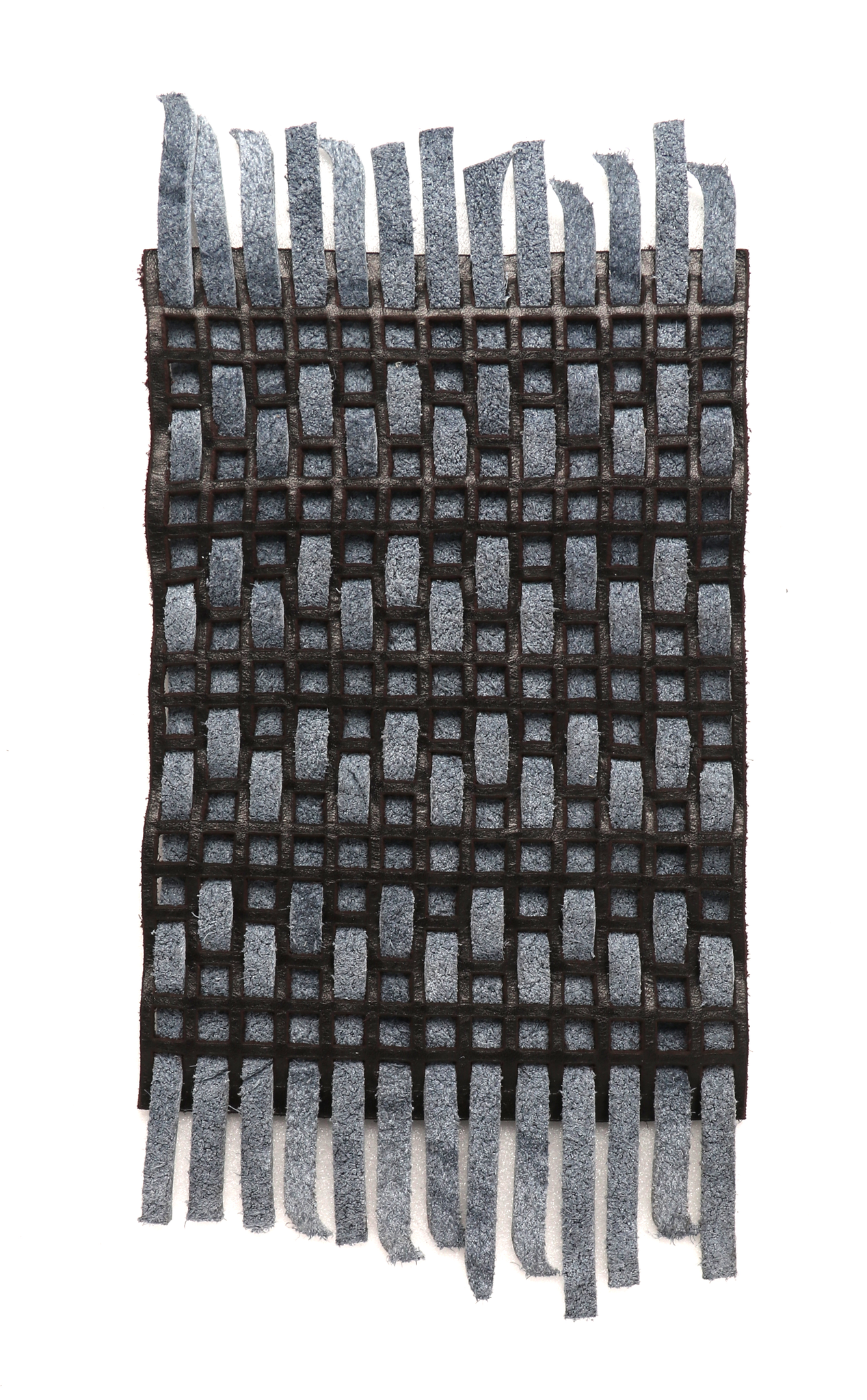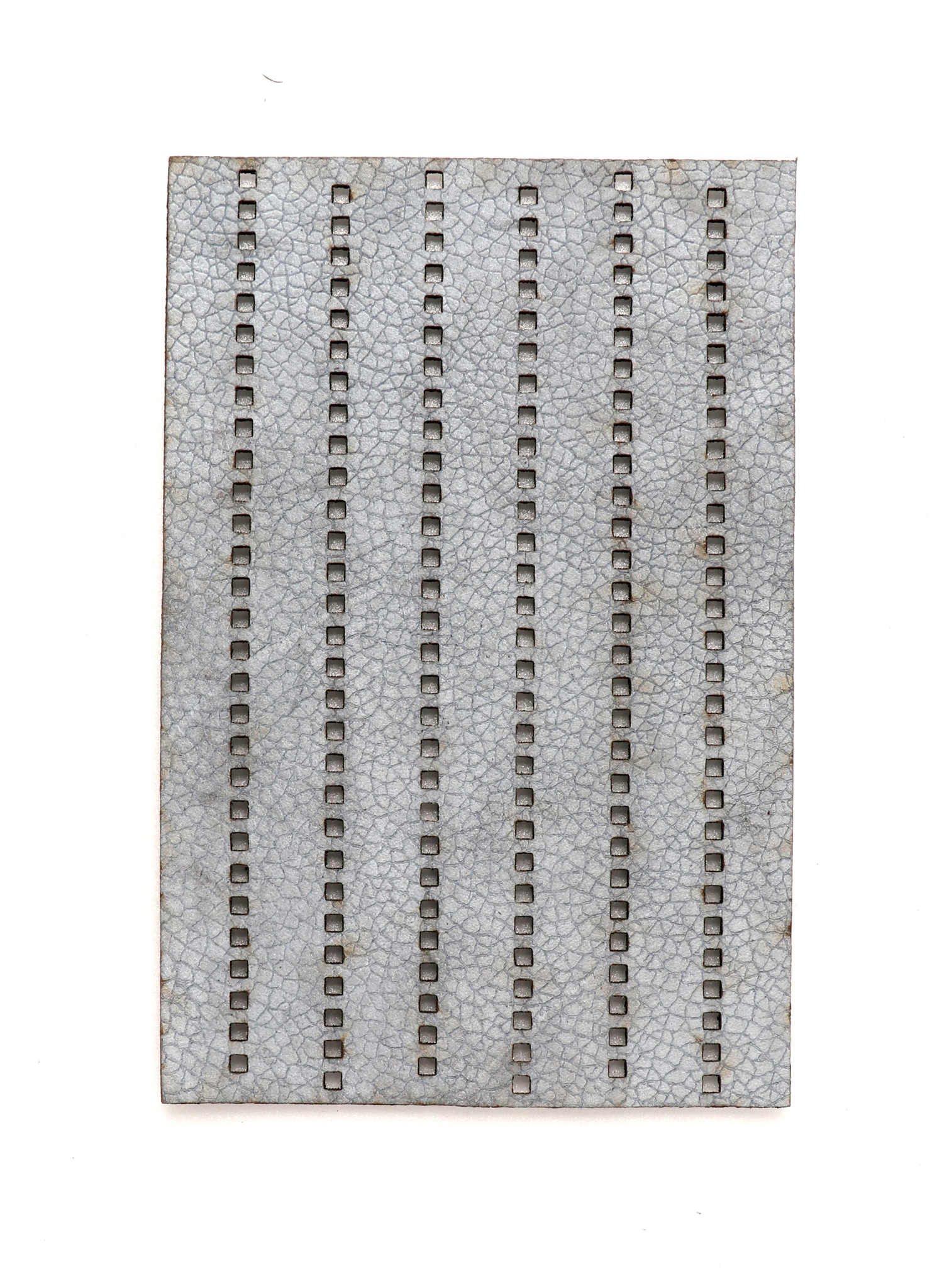I have always been very engaged in the phenomenon of beauty. Not in the sense of being pretty, but beauty as that special ambience certain objects or spaces or even humans can have. I wonder and puzzle with questions like:
What makes something beautiful? Can one practise the creation of beauty? How do I create beauty? Is the creation of beauty a matter of talent? Or a matter of professional culture?
So, I am not only absorbed in the phenomenon of beauty itself but also in the act of beauty-creation. And in how other people experience the beauty I have created. Where other people see only bricks and numbers, I have always seen patterns in both brick walls and phone numbers. So, if other people don’t see what I see, how do I then communicate with them in objects and spaces?
These are some of the questions I set out to answer in the artistic research project, I call Narrating Material Aesthetics. With the project I want to explore how we as designers embed stories and meaning in the objects we create.
When I as a designer tell stories, I work with visual and tactile expressions. I consider colours and materials and I carefully select them based on what I wants to express. Is it dramatic or calm? Is it whimsical or serious? Based on these considerations, I compose colours and materials into an expression that conveys precisely this design's distinctive narrative. This procedure applies not only to me as the artistic, independent designer. It is also applicable to the industrial designer who must design for a production company with a focus on sales and bottom line. I find it very important to train my narrative authority and ability to communicate through materials.
For the past ten years, Design School Kolding and the shoe brand ECCO have engaged in a strategic partnership. Every year, as part of this partnership, a student workshop is held during which, students develop concepts for shoe collections and produce prototypes for each collection. Each workshop has had a special theme. Back in 2013, the theme was the notion of ‘wild & mild’. The incentive to work with this contrast was to use the fashion world's differentiation between Haute Couture and Pret á Porter to draw the students’ attention to the difference between unique and commercial products. Students were asked to design a shoe collection in which one shoe had to be ‘wild’ and one shoe had to be ‘mild’. ‘Wild’ represented Haute Couture, and here the students' design concepts or narratives could be conveyed using the most expressive means. ‘Mild’ was conversely representing Pret á Porter, where the essence of the design concept had to be boiled down to a minimum in a commercial shoe.
I have conducted a comparative analysis of the students ‘wild and mild’ shoes to investigate whether there are common features in the students' choices regarding form and material to create a ‘wild’ and a ‘mild’ expression, respectively. I have gathered my findings in a matrix with a total of four lists. The lists are not conclusive but indicate principles that appear several times in the comparison between ‘wild’ and ‘mild’. Common to both the ‘wild’ and the ‘mild’ shoes is that all forms of expression can be present. There are both geometric and organic shapes as well as several types of materials and colours. The differences lie in how these shapes and materials are composed. The ‘wild’ shoes are generally more complex with larger and more shapes, there are several and unconventional materials as well as stronger colour contrasts. In contrast, the ‘mild’ versions are dimmed in both form and materials, with smaller and fewer shapes and with traditional, more processed materials and with fewer colour contrasts.
The artistic research project Narrating Material Aesthetics also includes a designerly experiment. The purpose of the experiment is to focus on how the colour material designer uses materials to create visual narratives, and whether other people read the narratives according to the designer's intentions. That is, does the design give the user an aesthetic experience similar to the designer’s aesthetic experience? The illustration shows the designer on one side of her design and the user on the other. Are they experiencing the same thing?
We can refer to the design process as the designer's reflective conversation with her material. For this metaphor to make sense, we must understand the situation as an exchange of information between the designer and the material. This information is, respectively, the designer's processing of the material where the designer informs the material by doing something to it, and, respectively, the material that communicates back to the designer through the aesthetic expressions she has created. This first phase of the experiment represents the designer's dialogue with the material and consists of an open approach with free, fabulating and divergent working methods.
I created a series of twenty leather samples with the stripe as the visual expression during this phase. I constantly tried in different ways to create 'mild' and 'wild' expressions in the material within the limitations of the leather and stripes. I therefore push the understanding of a stripe as parallel lines with various lengths and widths to the extreme.
In the second phase of the project, I want to reflect on the aesthetic experience of the material samples. What is aesthetics?
There are various definitions of aesthetics that relate to both beauty and sensation. Mads Nygaard Folkmann argues that we can talk about aesthetics in design when design objects ‘seek to appear attractive or seek to challenge our senses or understanding’. In this project, the experiments are discussed based on four concrete understandings of when something appears attractive or challenges our senses. I call it designerly aesthetics and focus on: Harmony, Trend, Sensation and Experience.
In terms of harmonies, I perceive aesthetics as a kind of indication of what is harmonious and thus also disharmonious in compositions and colour combinations. In relation to trend, I look for a common beauty, which can be seen in groups in contemporary times. The sensation is an increased awareness of all the sensory impressions I get. And in the end, I use my lived experience to ask questions about positive or negative reactions I get based on a design. Often, I find something here that cannot be explained by the other three parameters.
To step out of the divergent state and assess my own work I have created an index card for each material sample. The index card describes the expression or the aesthetics of the material sample. The index cards are useful for me as the designer to distance myself from the material samples and look more objectively at what is present. They are easy to complete; however, the collection of samples and associated index cards become very personal as it is my own experience that is registered under Designerly Aesthetics.
In this phase, I have expanded the narrative from ‘wild’ and ‘mild’ to also include a number of additional adjectives. These are partly based on my analysis, and as such they are an expression of a subjective judgment and relate back to the considerations and choices, I made already in the creation of the material tests.
The first two phases form a unified whole and are interactions between creation and reading, between synthesis and analysis. Theses interactions take place in the design process as a wordless or silent dialogue between me, the designer and the material. In these two phases, I, the designer has been both creative and analytical. I have both created an expression and read it. But the designer creates for others and therefore, in the third phase of the experiment, I place focus on the relationship between the design and the user.
To learn whether others read the material samples the way I do, I asked a number of people to be test persons and as such to make a spontaneous assessment of the material samples. This was done by the test person first ranking the twenty material samples on a continuum from ‘mild’ to ‘wild’. Thus, a comparison is made between the different samples. By using comparison as a method, the notion of ‘mild’ and ‘wild’ are not experienced as absolutes but as relative to each other.
Subsequently, the test person pairs the material samples with the expressive words from my list. These words describe the test person’s aesthetic experience of the materials or how the person interprets the narrative of the materials. There is predominantly consistency between mine and the test persons’ interpretation of the narratives in the material samples. The continuums of ‘mild’ to ‘wild’ are very alike. The additional expressions are more ambiguous. Most times, the test persons choose words with meanings that come close to my choice of words. In some cases, test person’s choose words with contradictive meanings.
The fourth and final phase of the experiment is, just as the first phase, a creative and exploratory phase with a free and uncritical approach. I created a number of compositions using the material samples. This increased the complexity, similar to when words are put together into sentences or when several instruments play together. The same complexity is seen when materials are combined in a finished design with form and function. Where, in the previous phases, the narrative lies in the creation of the individual material, the narrative now lies in the composition of materials.
The work with the project Narrating Material Aesthetics lies in the intersection of a number of design research fields: storytelling, material, aesthetics and design processes. It is a complex field that calls for more in-depth studies. But the project invites us to consider the work on the material and the appearance of design as being more than just styling. Material experiences can be the basis for deep, sensory experiences and, like the great stories in life, they help reflect our reality as the designer narrates them with careful attention.


